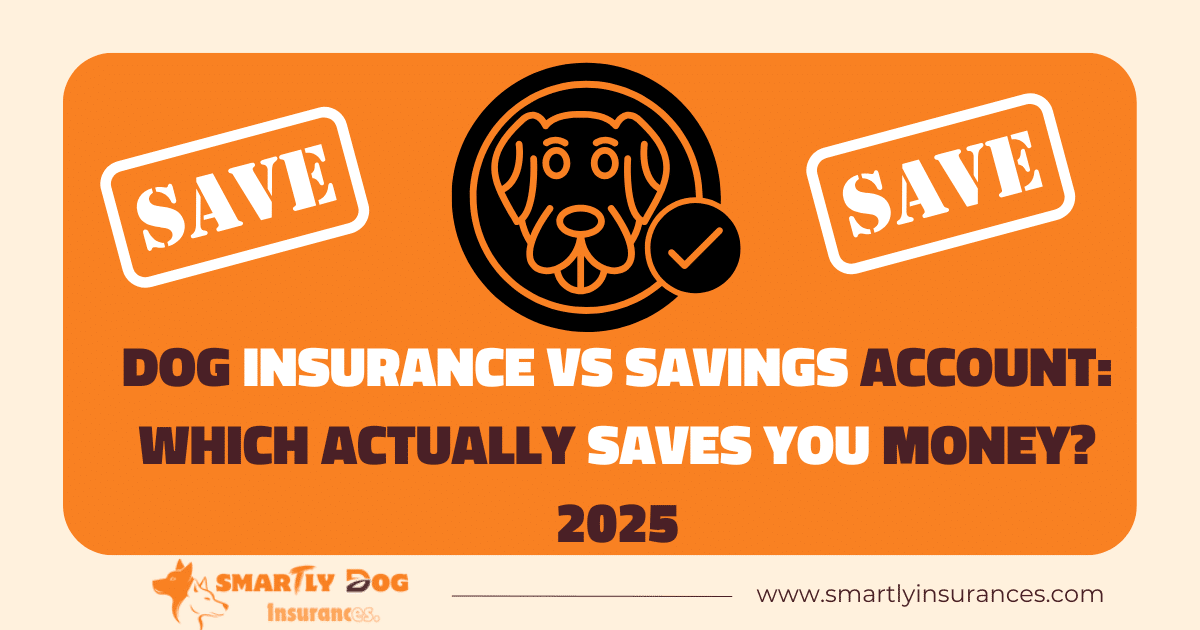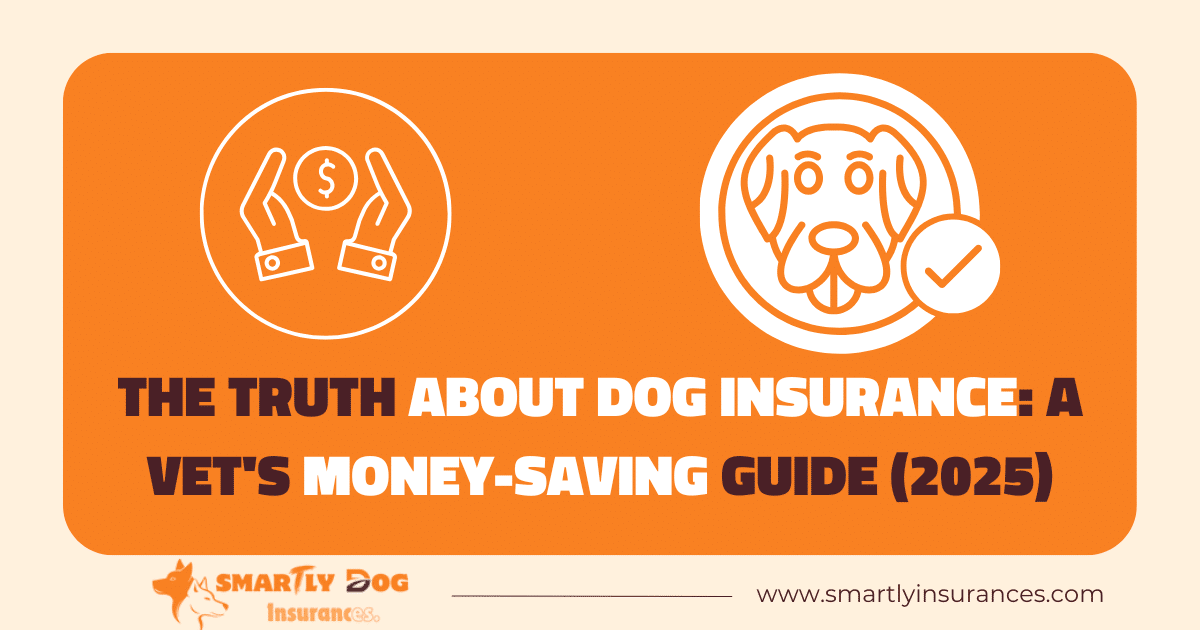Dog owners spend an average of $3,221 during their pet’s first year, and emergency surgeries can reach $5,000 out of pocket. These costs surprise many new dog owners who face unexpected vet bills.
Pet insurance obtained early can lead to the most important savings for dog owners. Monthly premiums cost just $47 for dogs, and insurance reimburses up to 90% of covered vet costs. Most pet owners buy insurance within six months after adoption, but waiting too long can get pricey because insurance won’t cover pre-existing conditions. The timing of pet insurance enrollment affects coverage and makes a big difference in your pet’s long-term care costs.
Why Most Pet Owners Wait Too Long
Pet owners often avoid insurance because they believe their pets are too young or healthy for coverage. This mindset results in a troubling pattern – thirty percent of pet owners skip annual wellness checks because they worry about costs.
Common excuses that cost money
Americans tend to prioritize traditional insurance over pet coverage. These typical excuses can get pricey:
- “My pet is young and healthy”
- “I’ll save money instead”
- “I can wait until health issues appear”
- “Monthly premiums are an unnecessary expense”
The real price of delaying insurance
Putting off pet insurance can hit your wallet hard. Your pet’s age makes insurance premiums go up by a lot. Any medical conditions that show up before you get coverage become pre-existing and won’t qualify for insurance benefits.
Money problems get worse over time. Insurance companies might limit your options or reject applications if your older pet has health issues. Pet owners without insurance must pay out-of-pocket for routine care, medicines, and emergency visits.
A worrying trend shows that one-third of pet owners avoid vet visits because they fear the costs. Waiting to get insurance drives up future premium costs and puts your pet’s health at risk through delayed medical care.
Hidden Savings of Early Pet Insurance
Smart pet owners know that getting insurance early helps them save money substantially. Young pets enjoy significantly lower monthly premiums.
Lower monthly premiums
Getting coverage early means better rates because insurance companies think about young pets as lower risk. Your pet’s young age helps you secure better rates. Insurance costs go up as pets age, so getting coverage early makes financial sense.
No pre-existing conditions
Getting insurance early helps you avoid pre-existing condition exclusions. Health problems that show up before insurance coverage starts become pre-existing conditions. Delaying insurance increases the chance your pet will develop conditions that won’t have coverage.
Preventive care benefits
A policy with preventive care coverage gives you valuable wellness benefits. This extra coverage has reimbursement for:
- Annual wellness exams that detect diseases early
- Vaccinations and protection from parasites
- Dental cleanings and spay/neuter procedures
- Blood work and routine tests
These preventive services help catch health issues early and give your pet better health outcomes. The wellness coverage starts right away with no waiting periods. This makes it a smart addition to your pet’s insurance plan.
When to Get Pet Insurance for Maximum Savings
The right timing makes a vital difference in pet insurance enrollment. Statistics reveal that 1 in 2 puppies under age one file an insurance claim in their first year. We noticed this high claim rate because puppies have underdeveloped immune systems, and their natural curiosity guides them into accidents.
Ideal timing for puppies
Insurance providers typically welcome puppies between six to eight weeks old. Getting insurance early helps because 69% of puppies who file one claim go on to file a second claim that same year. A major provider paid over $106 million in claims for dogs under three years old during 2023 alone.
Insurance companies set these waiting periods after enrollment:
- 5-15 days for injuries
- 14-30 days for illnesses
- 6-12 months for specific conditions like hip dysplasia
First vet visit considerations
Young pets need regular vet care in their first months. Puppies must get vaccinations and preventive medications every 3-4 weeks until they reach 4-6 months old. So while some pet parents want to wait until after the first vet visit, this choice could leave them without financial protection.
A vet’s experience often shapes their insurance provider recommendations. Notwithstanding that, waiting for this advice might mean missing coverage for early health problems. Young pets face higher illness risks than adult pets as their immune systems develop. This vulnerability makes immediate coverage a must to protect your puppy completely.
Calculate Your Long-term Insurance Savings
Pet insurance numbers tell a compelling story about long-term savings. Let’s get into how these costs change in different situations.
Basic premium comparison
Pet insurance premiums for dogs average $56.30 monthly for accident and illness coverage. These rates change based on your pet’s age and location. Cat owners typically pay $31.94 monthly. A Labrador Retriever’s premium shows why early enrollment makes sense:
- 8 weeks old: $57/month
- 1 year old: $66/month
- 5 years old: $89/month
- 10 years old: $160/month
Lifetime cost analysis
Your dog’s lifetime care costs can range from $20,000 to $55,000. Yearly expenses run between $1,300 to $2,800. Simple veterinary care costs $534 to $1,285 each year. Keep in mind that one in three pet owners struggles with unexpected veterinary bills.
Emergency care savings
Emergency vet bills can hit hard. Each emergency visit costs $100-$200, plus extra charges such as:
- X-rays: $150-$250
- Emergency surgery: $1,800-$5,000
Insurance plans come with flexible coverage options. These include annual benefit limits, deductibles up to $1,000, and reimbursement rates from 70-90%. Pet owners can reduce monthly premiums by choosing higher deductibles. Smart financial planning means balancing these choices with potential out-of-pocket costs.



